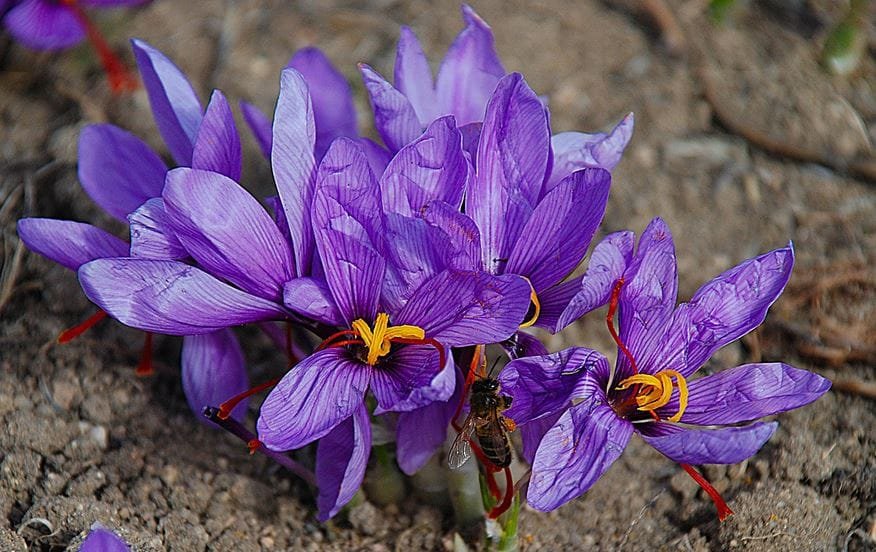 The Ideal Method of Saffron Cultivation
The Ideal Method of Saffron Cultivation
The ideal method of saffron cultivation, also known as modern or advanced cultivation, offers a new approach to increasing saffron production. This method focuses on reducing maintenance costs, fertilization, and labor expenses compared to traditional cultivation methods. Not only is it cost-effective, but its profitability is also much higher, with a yield up to two or three times greater than that of conventional methods. For example, with the ideal cultivation method, one hectare of land can produce up to three times the amount of saffron compared to traditional farming on the same land.
Focus on Fertilization in Ideal Saffron Cultivation
Fertilization plays a significant role in distinguishing ideal saffron cultivation from traditional farming. In this method, fertilization is carried out systematically, tailored to the needs of the crops. Since the number of saffron bulbs per unit area is higher in this system, less fertilizer is required. This careful fertilization also helps reduce excessive or wasteful use of fertilizers, lowering costs and improving crop health.
Furthermore, fertilization and foliar spraying have long-term benefits, such as improving the next year’s saffron crops. In traditional farming, where fertilization is often imbalanced, saffron bulbs may suffer from diseases like mites and fungi, or face cold and temperature stress due to weak growth. Proper fertilization in the ideal method ensures that saffron bulbs are robust and continue to grow optimally year after year.
Benefits of the Ideal Saffron Cultivation Method
There are many benefits to using the ideal saffron cultivation method. These include:
– Significantly higher saffron production, with a potential increase of two to three times. This translates to greater profits for farmers.
– Due to the closer spacing of the bulbs, the harvesting process is faster and more efficient.
– The growing season is shortened from 9–10 years to 7 years, reducing soil erosion and making the land more sustainable.
– Water requirements are noticeably reduced, leading to lower irrigation costs.
– Economically, this method is highly effective, with an expected yield of 20 to 30 kilograms of saffron per hectare in the third and fourth years of cultivation.
– It requires significantly less fertilizer, resulting in lower expenses for input.
– The overall harvest per unit area can reach its maximum potential, utilizing modern tools and techniques.
– Less manual labor is needed, as mechanized equipment can be used for many stages of the process.
– The method optimizes land use, ensuring that the ground is fully utilized for production.
– The risk of crop failure is lower, and farmers can rely on steady, profitable returns.
Overall Sustainability of Modern Saffron Farming
In conclusion, the ideal saffron cultivation method offers high economic returns, efficient use of resources, and significantly higher saffron production. The combination of modern techniques with proper care and planning ensures that farmers not only meet growing demand but do so in a sustainable and profitable manner.
As saffron is increasingly in demand, the future of its cultivation in Iran relies heavily on the adoption of these advanced farming techniques, enabling both increased yield and improved quality of this valuable spice.
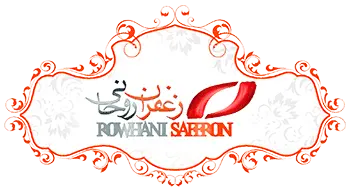
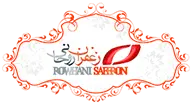
![Exporting Saffron to Turkey + Price Guide [Complete 0 to 100]](https://www.rowhanisaffron.com/wp-content/uploads/f1-372-500x383.jpg)
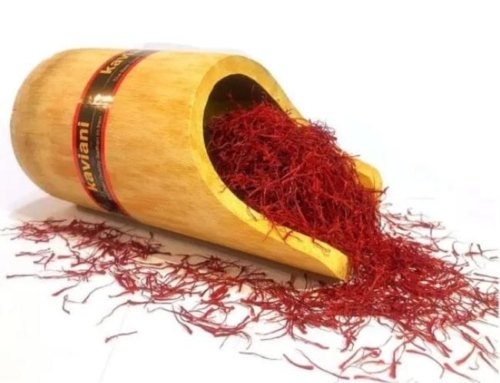

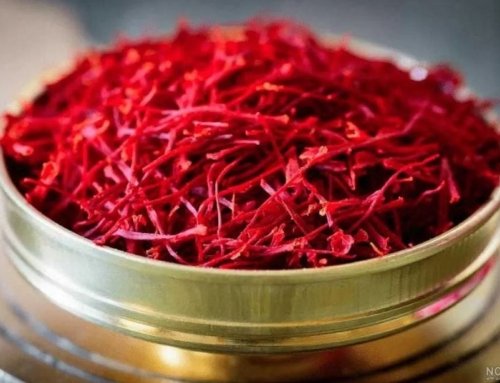
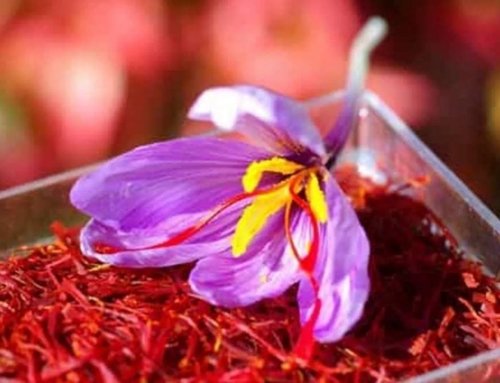
Get Social